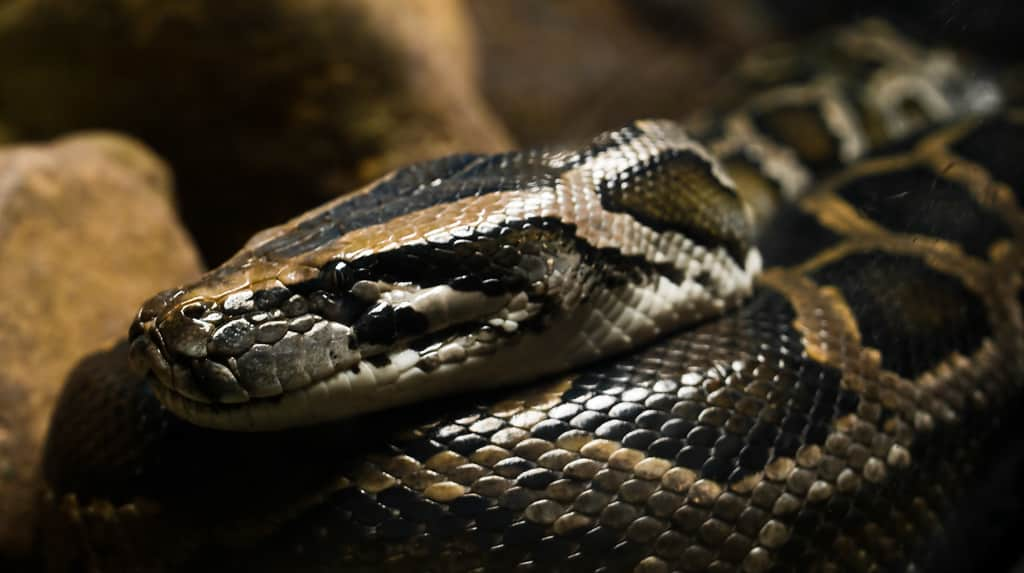Florida Will Give Hunters Another Shot at Pythons in 2016
OutdoorHub Reporters 04.15.15

Python hunters, it’s time to clean out your boots. The Florida Fish and Wildlife Conservation Commission (FWC) has indicated that it will be bringing back its “Python Challenge” hunt in 2016, which is tentatively scheduled for next January. The agency first held the python hunt in 2013, drawing more than 1,500 hunters to the Everglades in the search for invasive snakes, and officials are hoping to do so again. The target of the hunt, Burmese pythons, have become firmly entrenched within the Everglades and are now causing widespread ecological damage. The python hunt would offer officials a way to cull the population and promote awareness of the large predators.
“We’re really in the very preliminary stages of planning this,” Kristen Sommers, the FWC’s Exotic Species Coordination Section Leader, told the Sun-Sentinel. “We feel the first one was a success. We were able to educate the public and remove Burmese pythons. We just felt it was time to bring it back.”
The previous hunt resulted in 68 snakes being harvested, a far smaller number than some biologists expected, but it was still considered a moderate success. One of the issues experienced during 2013’s hunt was a lack of training. Burmese pythons are not a native game animal, and very few hunters knew how to find and capture one. The snakes were difficult to find and many hunters brought equipment that was not suited to snake catching. Most of the snakes harvested went to those few dedicated teams who had python-hunting experience.
“There’s an old saying that 10 percent of the fisherman catch 90 percent of the fish,” biologist Frank Mazzotti of the University of Florida told The Miami Herald. “The same is probably true of pythons.”
When observing pythons equipped with GPS trackers, biologists found that the snakes were so well hidden that hunters were literally stepping over them. Next year the FWC will be addressing the issue by offering crash courses on the finer points of python identification and tracking.
Officials are also counting on the media coverage to promote awareness of the damage that the pythons are doing in the Everglades. Short of the largest alligators, Burmese pythons have no predators and instead occupy the top of the food chain. Among the most vulnerable of its prey are ground-nesting bird species, which are not used to predation on such a massive scale. According to Mazzotti, while the hunt may not make much of a dent in the python population, at least it will get the public thinking of a solution. In 2013, reporters and news crews from all over the state traveled down to the Everglades in the hopes of recording hunters in the act of harvesting a record-sized snake.
The largest of the specimens taken alive was a 11-foot python by hunters Blake Russ and Devin Belliston. That snake was released as part of a study to track down breeding females and python gathering places. Like in 2013, the FWC is planning on encouraging hunter success with cash prizes.

